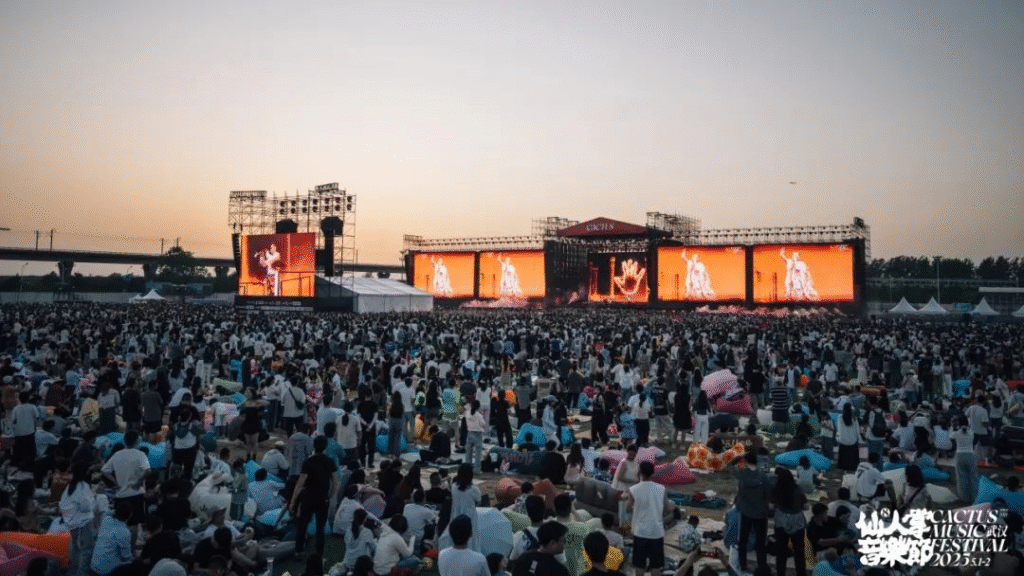What is Concert Sound System and Why It Matters in Every Live Show
From its early roots in the classical music era of the late 1600s to today’s high-tech productions, the concert sound system has evolved dramatically. But what is a concert sound system, exactly? In essence, it refers to the complex network of equipment and technology used in live events to capture, mix, amplify, and deliver sound to the audience with clarity and impact.
As live performances grew in scale and sophistication after World War II, so did the expectations for sound quality. The best concert experiences are more than just music—they’re immersive sensory events made possible by professional audio systems engineered for precision and power. Whether you’re a sound technician, venue manager, performing artist, or a passionate fan, understanding the components and function of these systems is crucial to appreciating the magic of live sound.
Core Components of a Concert Sound System
A modern concert sound system includes several integrated components:
- Sound Sources: These are the microphones, instruments, and DI (Direct Injection) inputs that generate the raw audio signals.
- Mixing Consoles: This is where audio signals are managed, balanced, and enhanced. Digital consoles often offer real-time effects, EQ, and advanced routing.
- Amplifiers: After mixing, the audio is sent to amplifiers that boost the signal to power the loudspeakers.
- Speakers & Arrays: Line arrays, point-source speakers, and subwoofers distribute the sound evenly, ensuring everyone in the audience hears balanced audio.
- Signal Processors: Tools like equalizers and compressors refine the sound to fit the acoustics of the venue.
- Cabling & Network Systems: These connect all components; increasingly, wireless systems are used for greater flexibility and fewer obstacles.
Advanced Technologies in Professional Audio Systems
Today’s concert sound systems are defined by innovation. Spatial audio and immersive sound fields are changing how audiences experience music, creating 3D environments that wrap listeners in sound. Real-time tuning software and AI-assisted mixing allow engineers to fine-tune performances as they happen.
Moreover, questions like what is concert sound system are becoming more relevant as sound design grows more complex. Engineers must consider venue acoustics, crowd size, and environmental factors, especially for outdoor events. These considerations drive decisions on speaker placement, delay towers, and acoustic treatment.
Challenges and Sustainable Practices
Designing and operating a concert sound system is not without challenges. Sound engineers must navigate energy demands, noise pollution, and system durability. Modern setups increasingly include eco-conscious components and energy-efficient designs, reflecting the growing commitment to sustainable professional audio systems.
FAQ: Understanding What Is Concert Sound System in Practice
- Are concert systems like home audio?
No. Concert systems are far more powerful and optimized for large-scale coverage and dynamic range. - What types of systems are used?
Typically line arrays, subwoofers, floor monitors, and front-of-house (FOH) systems. - Is setup the same for all shows?
Never. It varies by venue size, acoustics, indoor vs. outdoor settings, and performer needs. - What is a line array speaker?
A vertical speaker system providing even sound distribution over distance. - Who manages it?
Sound engineers oversee setup, mixing, and system tuning.
Understanding what is concert sound system opens your eyes to the incredible orchestration behind any live show. From massive stadium tours to intimate club gigs, the technology behind the music is a carefully designed system that ensures the performance is felt just as much as it is heard. It’s where engineering meets emotion—and the results are unforgettable.
ZSOUND VCX Line Array Speaker:Ensuring Every Corner Echoes Perfectly at Cactus Music Festival
Equipments:
VCX dual 14 inch line array speaker
Number of people:
35,000




Leave a Reply